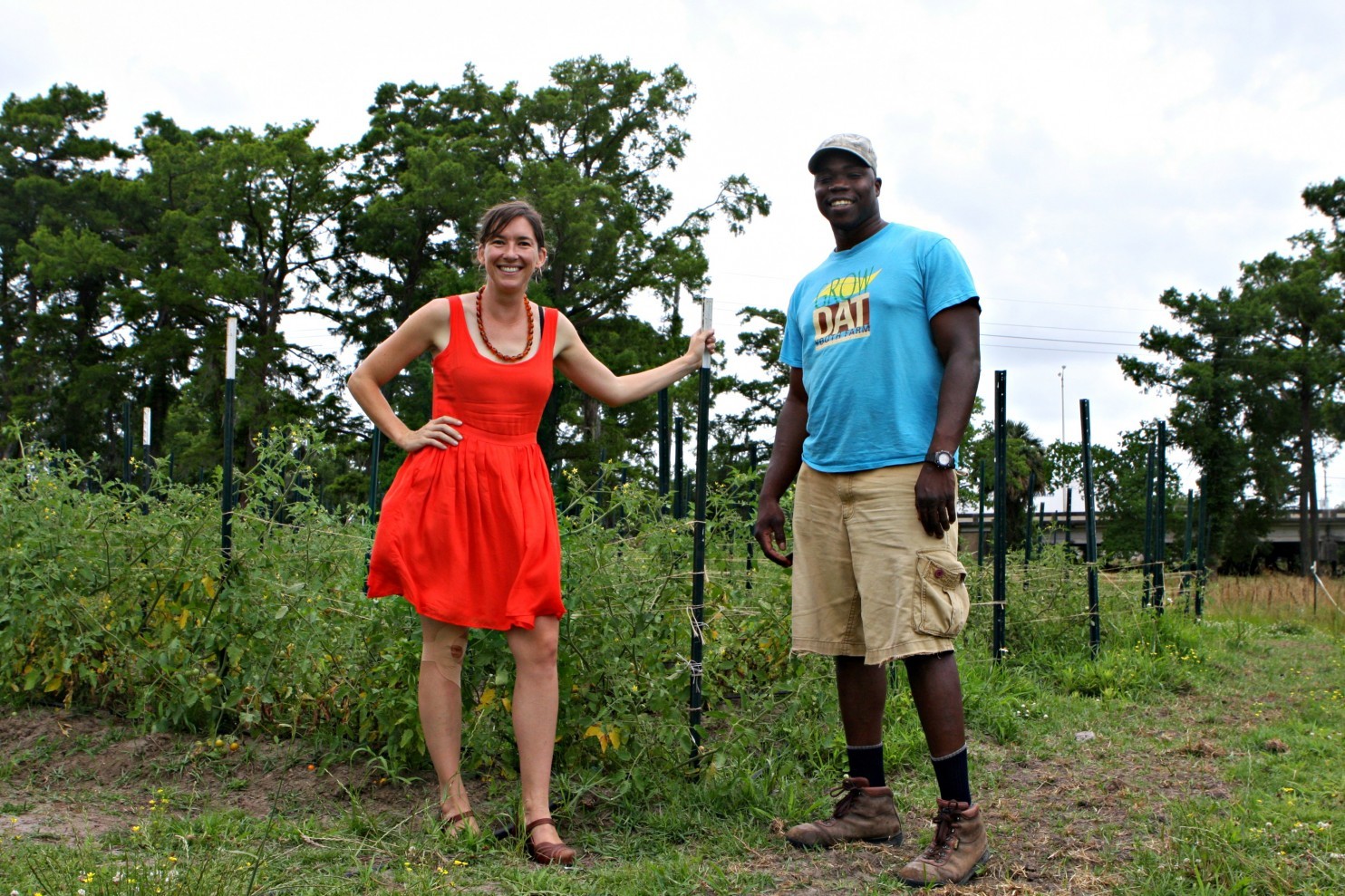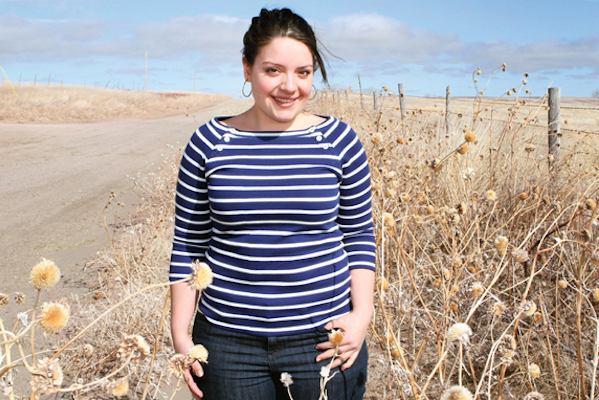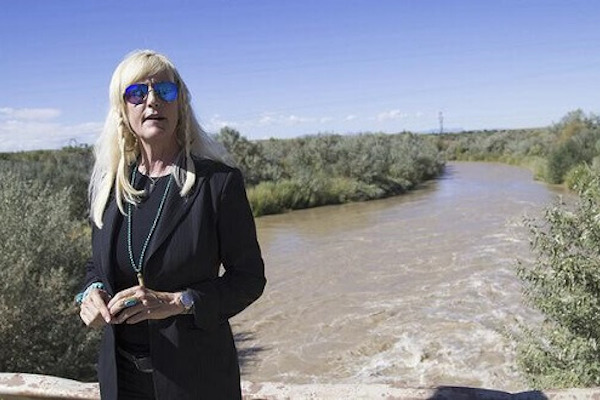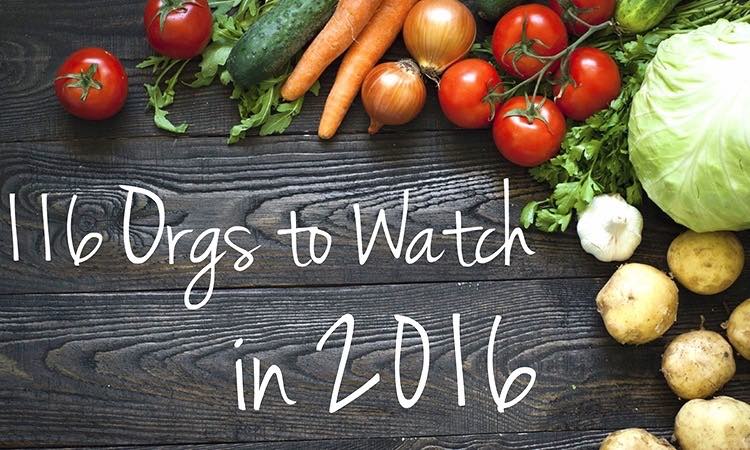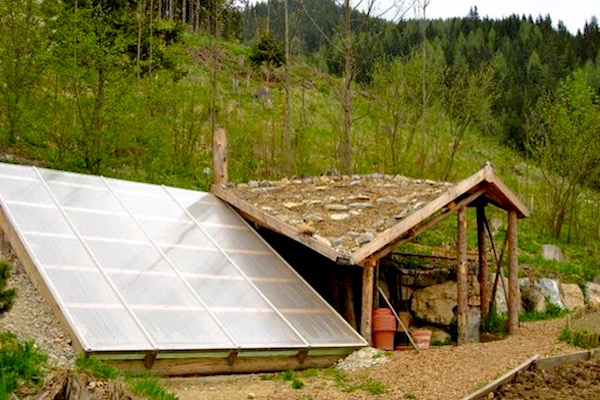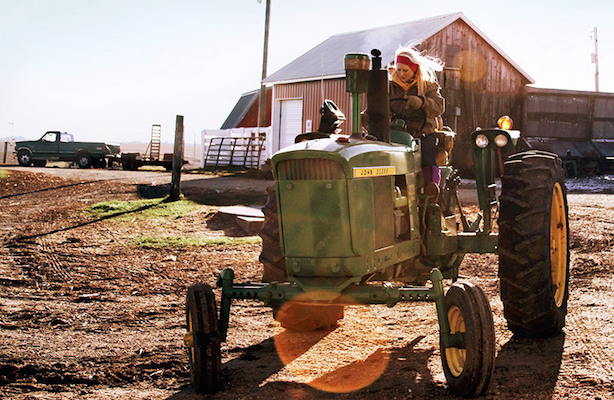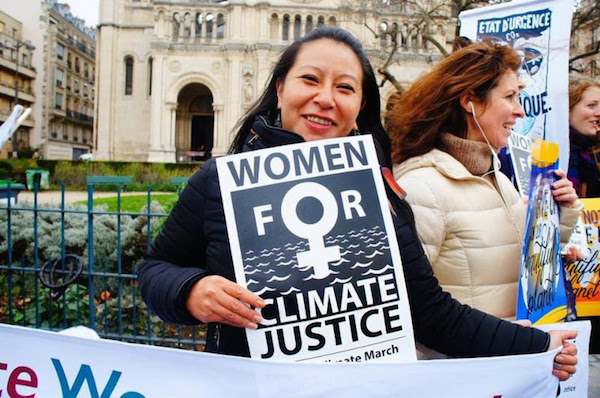“Rough” and “unhealthy” are the words Tim Dubuclet uses to describe his childhood. Raised in inner-city New Orleans, he and his friends would wander the city’s violent streets after school, living on a diet of fast food and soda. By the time he was 17, Dubuclet weighed more than 300 pounds. But he dramatically transformed his lifestyle during a program with Grow Dat Youth Farm, where students are paid to grow fresh produce. There, he started focusing on his diet. He spent two days each week working in the garden, growing and weeding the radishes, chard and other vegetables he had never heard of before. He felt empowered cooking these new healthful foods, and lost 80 pounds. “At the farm, people came to talk to us about health, opening our eyes to the dangers of things like sugary drinks,” said Dubuclet, now 20. “I started eating healthier, growing my own food. I realized there was so much more to life than what I was doing with myself.” In 2013, Grow Dat found most of its incoming students living unwholesome lifestyles, with only 12 percent who reported eating vegetables in the previous 24 hours. Some, like Dubuclet, came from poor neighborhoods, or […]
Continue reading... →New Year’s health resolutions don’t need to be overwhelming, here are 50 small steps towards a healthier 2016. Choose to be happy, rather than right. Don’t talk about your body like it is a war zone. Your words create your reality. Make peace with food. Live for questions, not answers. Try using a wakeup light instead of an alarm clock. Add grassfed collagen to your soups, smoothies and sauces. Incorporate the practice of Ayurvedic Tongue Scraping for oral health. Switch packaged protein bars for a healthier homemade option. Learn to make kale delicious. Ditch the melatonin habit. Do a facial lymph massage. It provides gentle drainage to help relieve sinus pressure and fluid build-up. Have a desk job? Switch to a standing desk. Do a mouse-arm stretch to relieve tension if you use a computer all day. Eat a raw carrot daily for better hormones. Feeling stressed? Bust out 4-7-8 breathing. Dry brush your body before showering for softer skin and detoxification. Eat more ghee. Detox your bedroom. Roll the bottom of your feet over a golf ball. It is a powerful massage and activates numerous reflexology points. Switch to non-toxic makeup. Do the twist… any yoga twist! Any twist position (siting or standing twists) give a massage to […]
Continue reading... →by Erin Brockovich Since October, residents of Porter Ranch, California, have been exposed to dangerous contaminants from a massive natural gas leak that continues to seep into the air, causing a catastrophe the scale of which has not been seen since the 2010 BP oil spill. After only a week of visiting families in Porter Ranch, I am already experiencing the headaches, nausea and congestion that have plagued this community living at the center of one of the most significant environmental disasters in recent history. Southern California Gas Co. or SoCalGas, has essentially ignored the impact to victims and its actions have instead added to their suffering. The company has refused to release air quality data that could be used to protect its residents, it has made relocation very difficult and it has forged ahead with plans to expand its facility before the leak has even been contained. The enormity of the Aliso Canyon gas leak cannot be overstated. Gas is escaping through a ruptured pipe more than 8,000 feet underground and it shows no sign of stopping. As the pressure from weight on top of the pipe causes the gas to diffuse, it only continues to dissipate across a […]
Continue reading... →Each year, Food Tank highlights organizations that help create a more sustainable global food system. They protect biodiversity, produce valuable agricultural research, fight hunger and much more. This year, Food Tank featured 116 organizations that made vital improvements to our food system in 2015. Here are the 116 sustainable organizations to watch in 2016: 1. 4-H: 4-H is a youth development program of the Cooperative Extension System of land-grant universities in the U.S. Based in Chevy Chase, Maryland, 4-H encourages youth to pursue their own projects, with help from volunteers and mentors. The organization also provides programs in several categories: science programs which encourage youth to learn about science, technology, engineering and math (STEM), healthy living programs and programs that encourage young people to be well-informed and engaged citizens of their communities. 2. African Biodiversity Network (ABN): ABN was founded in 1996 in Kenya as a regional network of individuals and organizations in 12 African countries: Benin, Botswana, Ethiopia, Ghana, Kenya, Mozambique, South Africa, Tanzania, Togo, Uganda, Zambia and Zimbabwe. ABN focuses on indigenous knowledge, protecting biodiversity and improving agricultural policies and legislation. 3. African Women in Agricultural Research and Development (AWARD): AWARD works to strengthen the research and leadership skills of African women working in agricultural research and development. Launched in […]
Continue reading... →This $300 DIY underground greenhouse is ideal for gardening in colder climates by collecting the sun’s rays and earth’s heat to grow food year round. From vertical farms to solar-powered “farms from a box,” we’ve seen how farming technology has grown leaps and bounds in recent years. But for those who prefer something a little more rustic, growing food from a hole in the ground is as low-tech as you can get. A walipini, meaning “place of warmth” from the Amaraya Indian language, is an underground greenhouse with a transparent (usually plastic) covering that stays warm by passively soaking up the sun’s heat and absorbing the earth’s thermal energy. Fruits and vegetables can be grown year-round, making it ideal for communities in colder locations that can’t usually grow their own fresh and local produce during certain parts of the year. The farming method isn’t exactly new. Walipinis have been used in South and Central America for decades, including one that can grow bananas at 14,000 feet in the Andes. The technique was notably adopted by The Benson Institute, a worldwide food security program of the Mormon church. According to The Plaid Zebra, the Benson Institute and its team of volunteers built a community-sized 74-feet-by-20-feet walipini […]
Continue reading... →With the end of the year just around the corner, we wanted to reflect on all that we have to be grateful for in 2015. There’s a lot to celebrate! From promoting conservation to empowering beginning farmers, here is the National Sustainable Agriculture Coalition’s list of the Top 15 Highlights of 2015: Conservation and Environment 1. 2015 opened with the first ever Conservation Stewardship Program (CSP) contract renewals. CSP, a program that NSAC has championed, is the only farm bill conservation program to support performance-based advanced conservation systems for working farms. 70 percent of expiring acres were renewed by producers ensuring that more than 17 million acres will continue to be supported through new and ongoing conservation activities. The year also ended on a high note for CSP: the Natural Resources Conservation Service (NRCS) postponed the CSP overhaul until 2017, buying more time for stakeholder input and outreach around the changes, and just this week Congress approved an omnibus budget bill that eliminated House-proposed cuts to CSP funding in 2016. 2. National Sustainable Agriculture Coalition (NSAC) member organizations and supporters submitted hundreds of comments to USDA recommending ways to improve the interim rules to implement 2014 Farm Bill changes to conservation programs, […]
Continue reading... →Nuns Are Dressing Up As Prostitutes To Rescue Victims Of Trafficking This is an awesome story! An army of nuns has been dressing up as prostitutes for a few years now so they can rescue victims of human trafficking. And it really is an army: 1,100 religious sisters who infiltrate brothels in order to rescue prostitutes is expanding its territory. They’ve already been active in 80 countries, but that number is about to expand to 140 countries. John Studzinski, an investment banker and philanthropist who chairs Talitha Kum, the organization that is carrying out this work, said the network of over a thousand sisters currently operates in about 80 countries but the demand for efforts to combat trafficking and slavery was rising globally. According to RNS, “the group, set up in 2004, estimates one percent of the world’s population is trafficked in some form, which translates into some 73 million people. Of those, 70 percent are women and half are aged 16 or younger.” What Do We Know About Trafficking? From Do Something Campaign: Globally, the average cost of a slave is $90. Trafficking primarily involves exploitation which comes in many forms, including: forcing victims into prostitution, subjecting victims to slavery or […]
Continue reading... →Studies show that collective intelligence rises with the number of women in a group—but women are often underrepresented at talks like COP21. Meet 15 leaders worth listening to. Women, particularly those in developing countries, are on the frontlines of a changing climate. Extreme weather events, deforestation, and loss of biodiversity threaten their survival and that of their families. Yet, when confronted with social and economic exclusion, women’s vulnerabilities remain hidden and their voices quiet. Women have been severely underrepresented at high levels of policymaking around global environmental concerns as well. In the climate arena, the need to improve women’s participation in negotiations was explicitly recognized by COP 7 in Marrakech in 2001 as the impact of gender balance on decisionmaking became more evident. Why is this a problem? Studies show that collective intelligence rises with the number of women in a group. Engaging a critical mass of women is linked to more progressive and positive outcomes and to more sustainability-focused decisionmaking across sectors. Yet, women have remained a notable minority in climate negotiations at both the national and international level, in the global scientific body on climate change, the Intergovernmental Panel on Climate Change (IPCC), and in media debates about climate. Women’s representation in bodies and […]
Continue reading... →